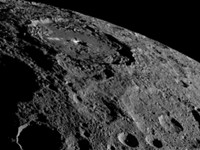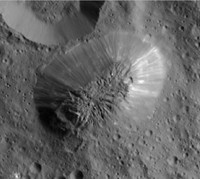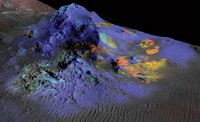Advertisement
Grab your lab coat. Let's get started
Welcome!
Welcome!
Create an account below to get 6 C&EN articles per month, receive newsletters and more - all free.
It seems this is your first time logging in online. Please enter the following information to continue.
As an ACS member you automatically get access to this site. All we need is few more details to create your reading experience.
Not you? Sign in with a different account.
Not you? Sign in with a different account.
ERROR 1
ERROR 1
ERROR 2
ERROR 2
ERROR 2
ERROR 2
ERROR 2
Password and Confirm password must match.
If you have an ACS member number, please enter it here so we can link this account to your membership. (optional)
ERROR 2
ACS values your privacy. By submitting your information, you are gaining access to C&EN and subscribing to our weekly newsletter. We use the information you provide to make your reading experience better, and we will never sell your data to third party members.
Physical Chemistry
Moon Glass Contains Water
July 14, 2008
| A version of this story appeared in
Volume 86, Issue 28

In a finding that counters the prevailing wisdom that the moon has always been dry as a bone, a new study shows that small spheres of lunar volcanic glass contain water. Alberto E. Saal of Brown University and colleagues studied small glass spherules retrieved from the moon's surface by Apollo astronauts in the 1960s and '70s. Although scientists have analyzed the beads numerous times over the past 40 years, they've never found any trace of volatile elements. But now, using secondary ion mass spectrometry—an ultrasensitive technique that improves detection limits by over an order of magnitude—Saal's group identified water and other volatiles, such as fluorine, inside the spherules (Nature 2008, 454, 192). They ruled out contamination from other sources. The beads most likely were formed during volcanic eruptions that occurred during the moon's early history, 3.5 billion years ago. The finding is all the more intriguing, the scientists say, given that recent orbiting spacecrafts have spotted possible water ice inside craters at the moon's poles.







Join the conversation
Contact the reporter
Submit a Letter to the Editor for publication
Engage with us on Twitter